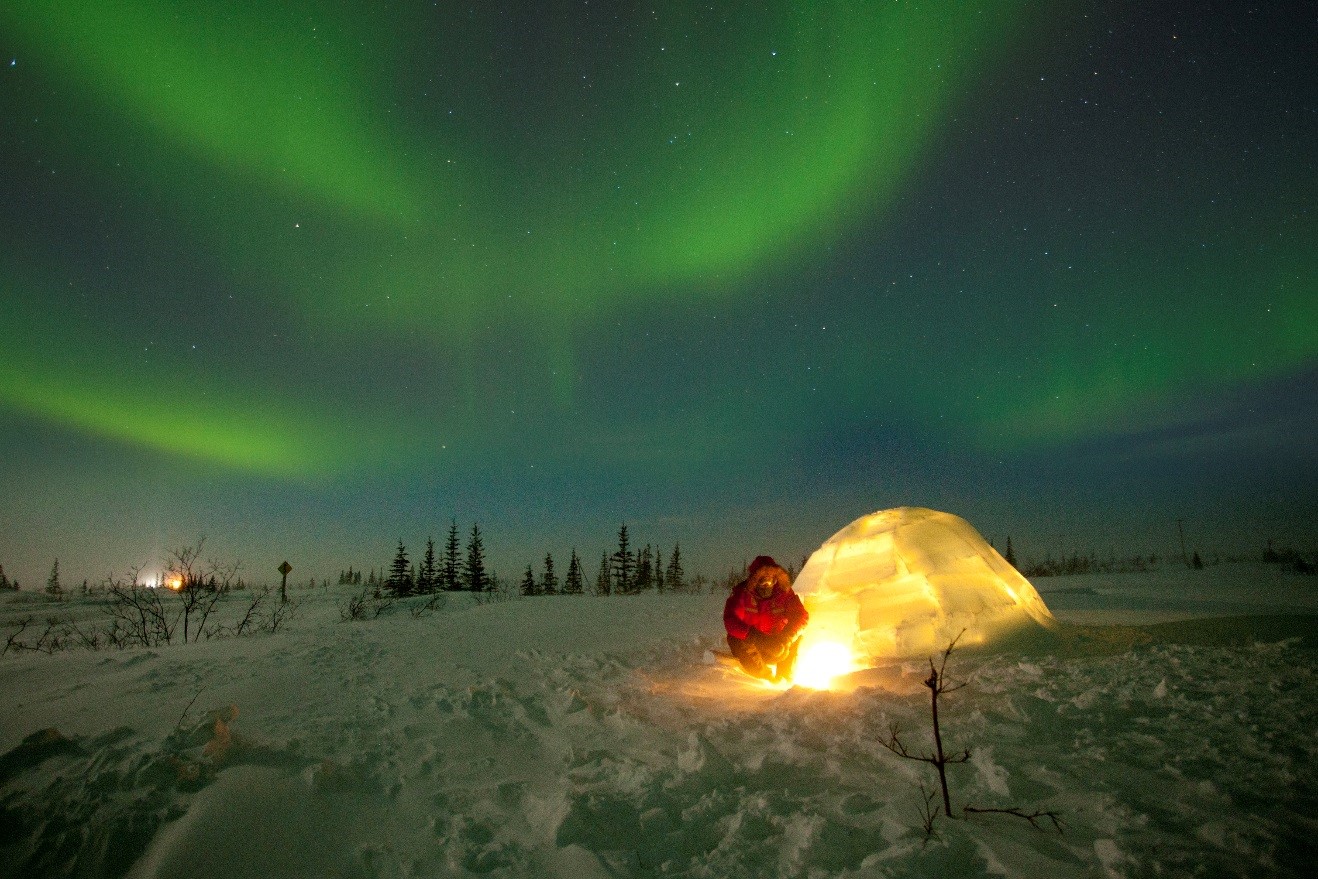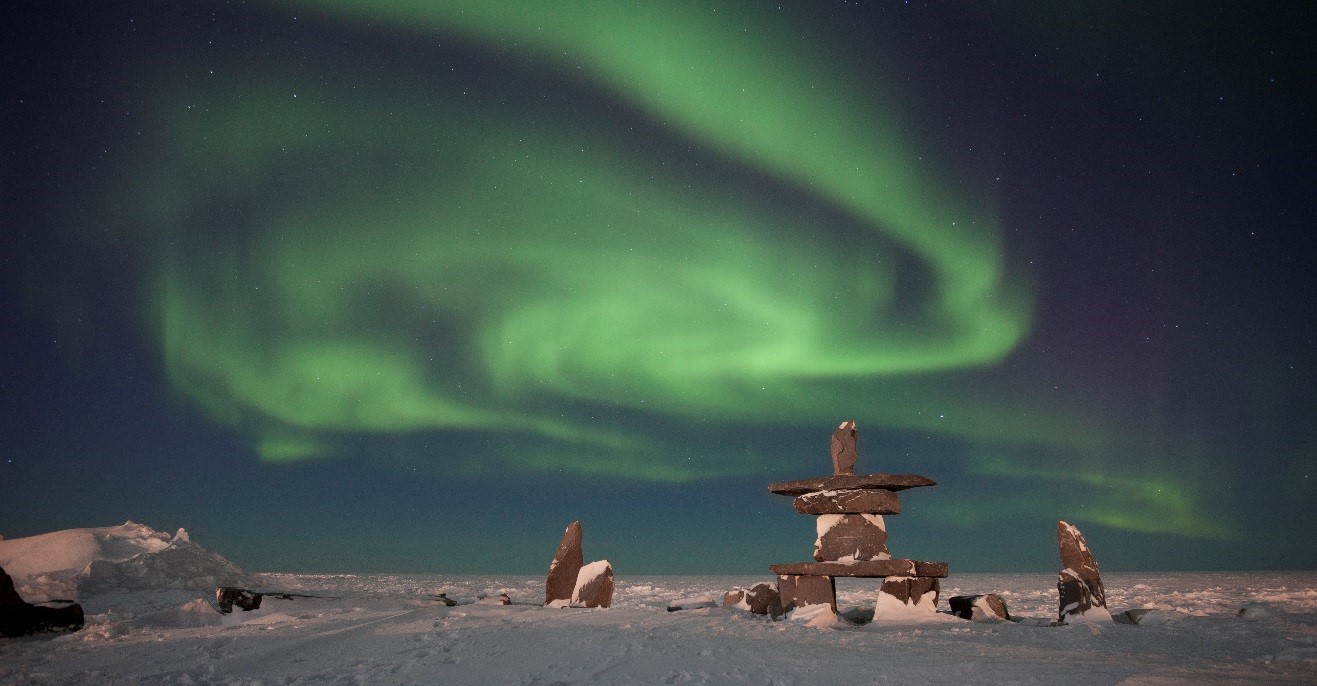
Why you Need an Ultra-Wide Lens for the Best Northern Lights Photography
There are few things I enjoy more than photographing a streaming, brilliant aurora across the night sky. It’s hard to explain, but it’s a combination of the rarity, the beauty, and the variability of what each unique show can be like. And to capture it in your camera in order to persevere that moment for an eternity? Well, that’s just the essence of great photography–isn’t it!?
Thus, when photographing the northern lights, you want to start with the best gear (well, and in one of the best places in the world to see them, like Churchill, Canada—right underneath the famed aurora oval).

Surprisingly, the camera you choose isn’t as important as the lens you choose.
While a fancier camera will of course handle the low light better, any DSLR or mirrorless camera will do just fine. But when it comes to which lens you choose, I always advocate to spring for the ultra-wide angle lens.
Simply put, you get more sky and therefore more aurora when shooting with a 16-35mm (or 10-22mm on crop frame, or 7-14mm on Olympus).
In fact, 100% of the time I prefer an ultra-wide lens vs. a fast lens, even if that ultra-wide means I only get f/4. I used to shoot with Canon’s 17-40mm f/4 and have taken some of my very best aurora shots with it.

So, the first big reason for why you should choose an ultra-wide lens is to get more sky and more aurora in your photo.
But the second reason is just as important.
You also want to get more foreground in your photo! See what I mean by watching this clip:
Foreground elements are extremely important for any sort of sky photography—this goes for astrophotography as well as northern lights photography. Without the context of something somewhat familiar, like a sculpture, building, person, etc., the mystical swath of green across the dark night sky is just a little too otherworldly. It’s hard to instantly know what you are looking at.
But when you can provide something interesting in the photo—then the magic happens.

The above photos may not look all that “ultra-wide” but that’s where the beauty comes in. Because you want to feature so much of the sky, you really don’t get any distortion. Nor do you feel the effects of any lack of sharpness at the corners that you often get with extremely wide angle lenses.
Remember, the aurora borealis streams down from up to 300 miles above Earth’s surface, so when you are gearing up for a northern lights photography adventure, be sure to pack, rent, or buy an ultra-wide angle lens as your go-to and you won’t be disappointed.
See more examples of shooting in polar conditions here!
Go forward and give it a shot!

Court
Leave a reply